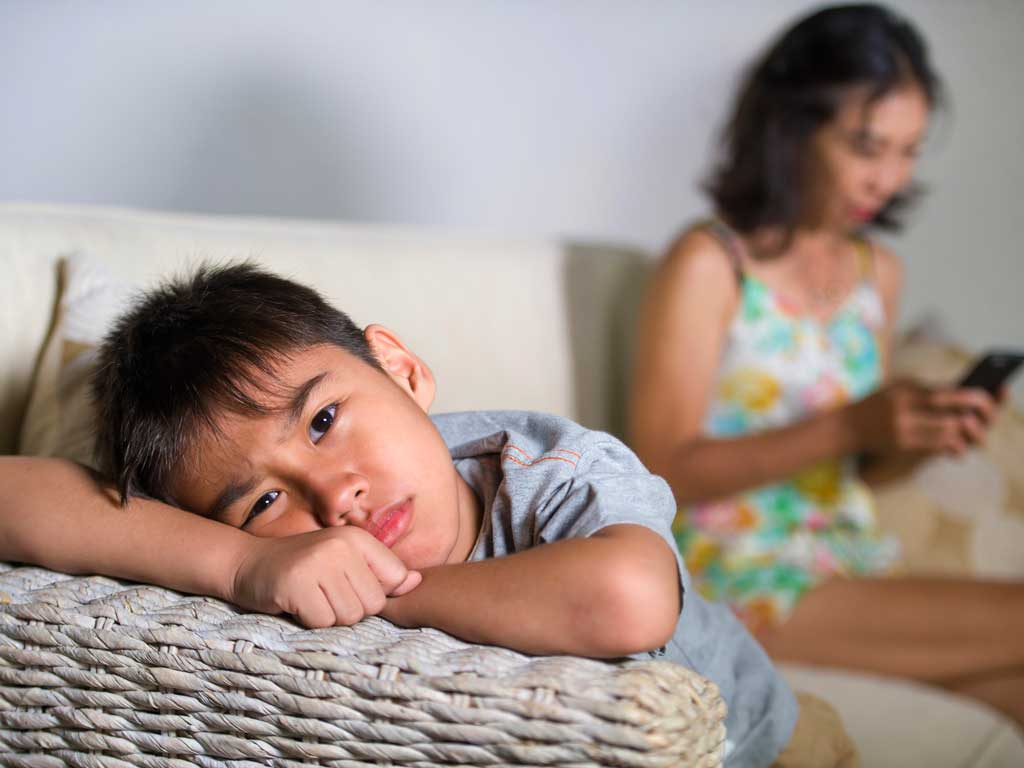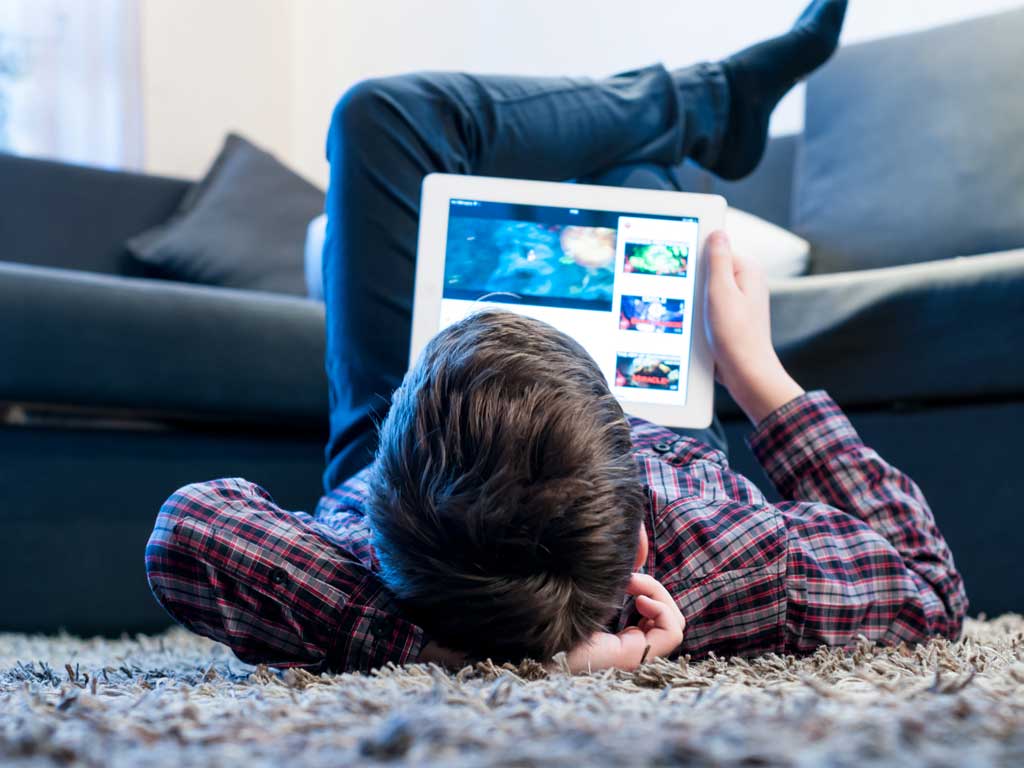by Kelly Deacon
Is it okay to use extrinsic rewards?
The reality of our day to day has changed over the last few years. Something that we can’t deny, is how screens have become woven into every element of our lives. Parents are feeling the pain of this. Children want screens and they are fighting for them. For many families the previous 2 hour a day doctor recommendations have gone out the window. If that is the case for you, you are not alone.
There are many perspectives on why too much screen time isn’t healthy for children and as a Behavior Analyst I have additional perspectives to share. Screens give reliable and consistent access to enjoyment. Screens are easy. You rarely fail and it requires little effort. When screens are available, most everything else is not as good.
Before we talk about strategies, first we should address how we can relate to our children. There are many of us who have become dependent on screens, not just children. To add to that, during the pandemic using screens became critical for many families for survival. Have vulnerable moments with your children letting them know how you can relate to them. This could look like, “I have noticed that every time I am overwhelmed I go to my phone, it feels like it helps, but then I don’t get anything done that I care about. Or “I get upset when I can’t have the things that I really want too”. Or “I know daddy asked you to go on your iPad a lot when I was working from home and that is probably confusing.”
Ultimately we all want our children to develop the skills to make healthy choices for themselves, however it is likely that many of our children don’t know how to do that yet. It is our responsibility as parents to set boundaries for them when they are unable to do so. Once boundaries are in place, they will do other things more often and eventually start to enjoy them much more than they do now. Most parents are shocked with what children choose to do when screens are not always an option.
There are many ways to set these boundaries. Some are a lot of effort, while others are more sustainable. Pick the option that is sustainable for your household. The first option is to set up tasks for children to do so that they can earn access to screen time. This can be anything from them doing other leisure skills (art, reading, playing outside, etc.), chores, homework, or even for following home rules. This is a really helpful system but hard to maintain because it requires you to monitor their time and policing is not for everyone. The next option would be to set a time or place for screen time. For example this could mean screens being available only after dinner, or only in the car or possibly after homework. This could also require monitoring during all of the times that they are not available. The last option would be to have a “black out time”, where we set a certain time each day where electronics are not available (perhaps for the whole household). This tends to be more sustainable as you only need to monitor during the “black out time”. The rest of the time you allow your children the autonomy to make their own choices. That being said, some families find that removing screens completely is what is best, even just for a period of time.

When setting boundaries there are some tricks and tips that can help. If there are times when you need them to have a screen, like when you are cooking dinner, then make sure to account for that during the plan so that you aren’t breaking the boundaries every time you feel that, that is necessary. When possible, have a place where screens are turned in, so that they are in your view. In some cases, it may require turning the wifi off or using apps that limit access on the device. One of the most supportive things that you can do is to plan activities and things to do when screens are not available, as it may take time for children to start choosing for themselves again. It is helpful to pre plan things as in the moment ideas are not as well received sometimes. You can add things like making paper airplanes, going on a bike ride or baking. This can be added to a calendar or in a bowl of suggestions to pull from. Also consider helping them start ongoing projects or hobbies like building a model car, painting or archery. These things can help build ongoing motivation. If this is difficult, you can also sign them up for more structured activities like swimming lessons, after school care or setting up a daily schedule. Do your best to tailor these ideas to what your child gravitates to.
The most important thing to do when setting boundaries is to validate their feelings and relate to your children when they are upset. This can lead to a lot of anger initially, make it clear that you understand why. However, keeping the boundary consistent is equally as important. That being said, it can be helpful to include your older children by having weekly meetings where you can discuss the boundaries and change them with reasonable input. While children can be upset by boundaries, they don’t know how screen time could affect their future and their development the way that you know that it could. You may find that your children have been using screens to avoid difficult things or to soothe themselves from discomfort, if this is the case, it is important to help them develop regulation skills through this process. Seeing your children have rough moments is tough but helping them to follow boundaries, teaching them that they can do hard things and showing them that emotions are normal are the best ways to support their growth.





